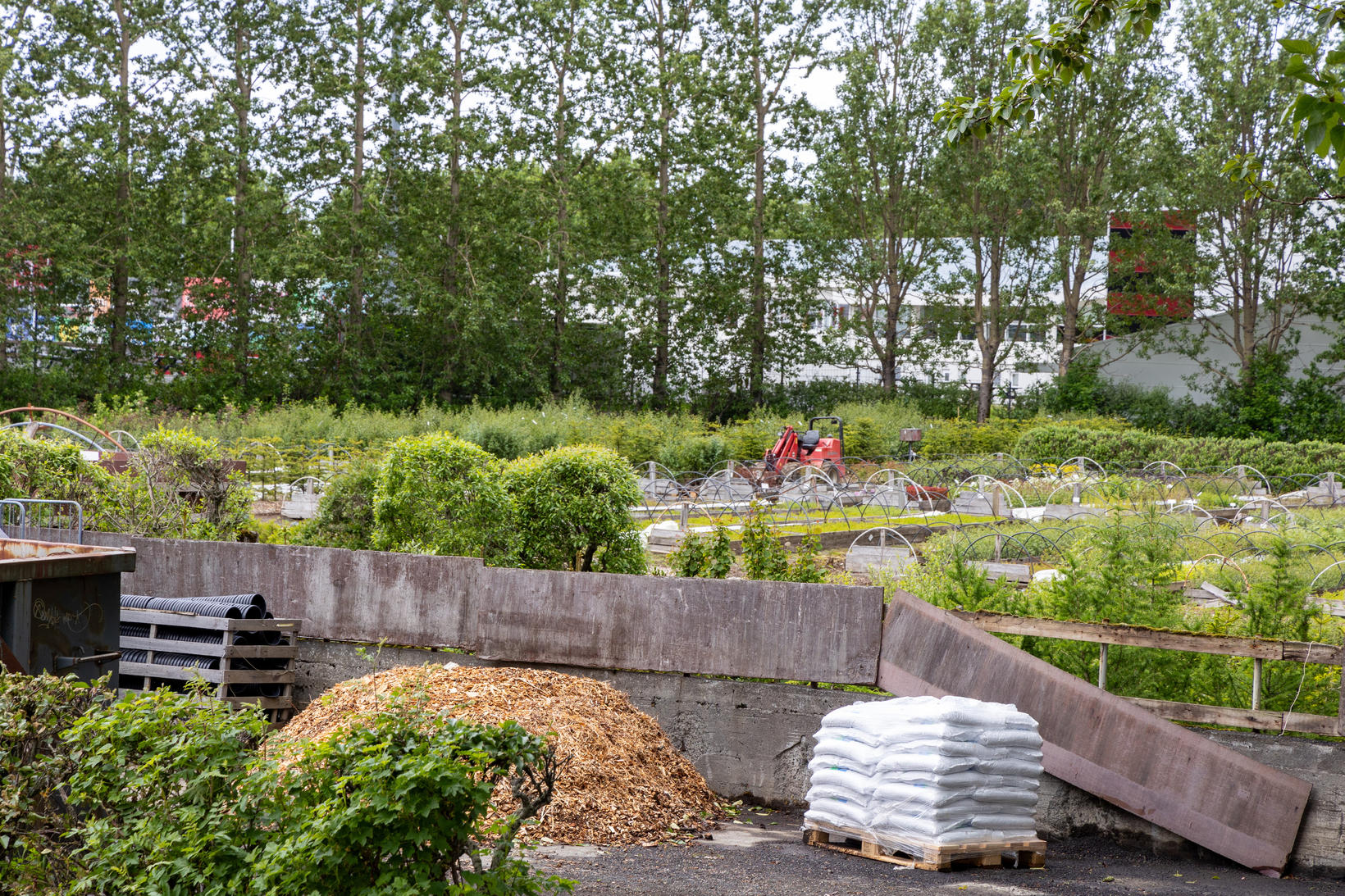Europe turns to ‘urban mining’ to find rare land in the trash

Europe does not have many raw materials (usable), and depends almost exclusively on imports, but it is one of the largest product markets in the world. Recently, the EU has announced a series of initiatives to reduce addiction to the introduction of raw materials, on the one hand, by providing incentives for investment in mining, and using the circular economy.
And the answer can be in your drawer … To be precise in the old, forgotten smartphone hiding in your drawer, which probably contains tiny amounts of lithium, cobalt and rare land. It is estimated that 700 million old phones are in Europe.
The concept known as « urban mining » involves finding materials in existing products, as opposed to « primary » mining where ground resources are utilized.
The EU has prioritized the safety of supply chains for the raw materials necessary for green and digital technologies. Dozens of them have been described as « critical » and « strategies » by the European Commission. However, 90% of these elements are currently imported from abroad.
According to EU data, about 1% of the valuable materials consumed in the EU comes from recycling. The law on critical raw materials, approved in 2024, has set the goal of achieving 25% by 2030.
Electronic rubbish is ‘treasure’
The aim of the committee is to enhance the recycling of electric waste, one of the fastest growing waste flows.
In each Member State, organizations are responsible for the collection and transfer of electronic waste to the 2,700 Epirus treatment plants. Recycling facilities are expected to cover a growing share of demand by European founders, traditionally supplied by other continents, such as Asia.
Several challenges still exist: from the profitability of mining the smaller parts of materials to the « electronic hibernation »: According to one study, each European family has an average of 74 electronic devices, 13 of which are unused but accumulated for a variety of reasons, one of which is one of which is one of which is one of which is the protection of the data.
Electronic waste could be used as a source of natural resources
With a look at 2026
The European Commission is set to present a new law on the circular economy in 2026, with the aim of enhancing the competitiveness of circular models in various areas, such as construction and demolition. This accounts for 40% of the total weight of waste in the EU, mainly traditional raw materials such as concrete, aluminum, steel and glass, which, again, are often imported.
While much of the demolished concrete is considered recycled, it is actually crushed for use as a base for inactive materials, for example in road construction. More and more technologies are allowing recycling instead of degradation. Emerging techniques turn the old blocks into high quality concrete.
In addition, many remains of materials, such as plastics and wood, are often not recovered and sent to cremation or landfills. New sorting techniques help increase the recycling rate.
Reuse or conversion for a minimal impact
As Euronews points out, another trend is the reuse of materials. Elements such as concrete, windows and bricks can be disassembled for reuse. A more articular design of buildings can also allow greater circularity.
Some countries have already adopted an approach aimed at demanding inventory of materials in the buildings before any demolition.
Like the reuse and repair of electronic devices, renovation of buildings remains a better solution than demolition in environmental impacts, according to experts.
According to the European Environment Agency (EEA), 20-25% of the EU’s current building life broadcasts are integrated into building materials. Renovation approaches based on the circular economy can help reduce the built -in greenhouse gas emissions.
Source: Ot.gr






